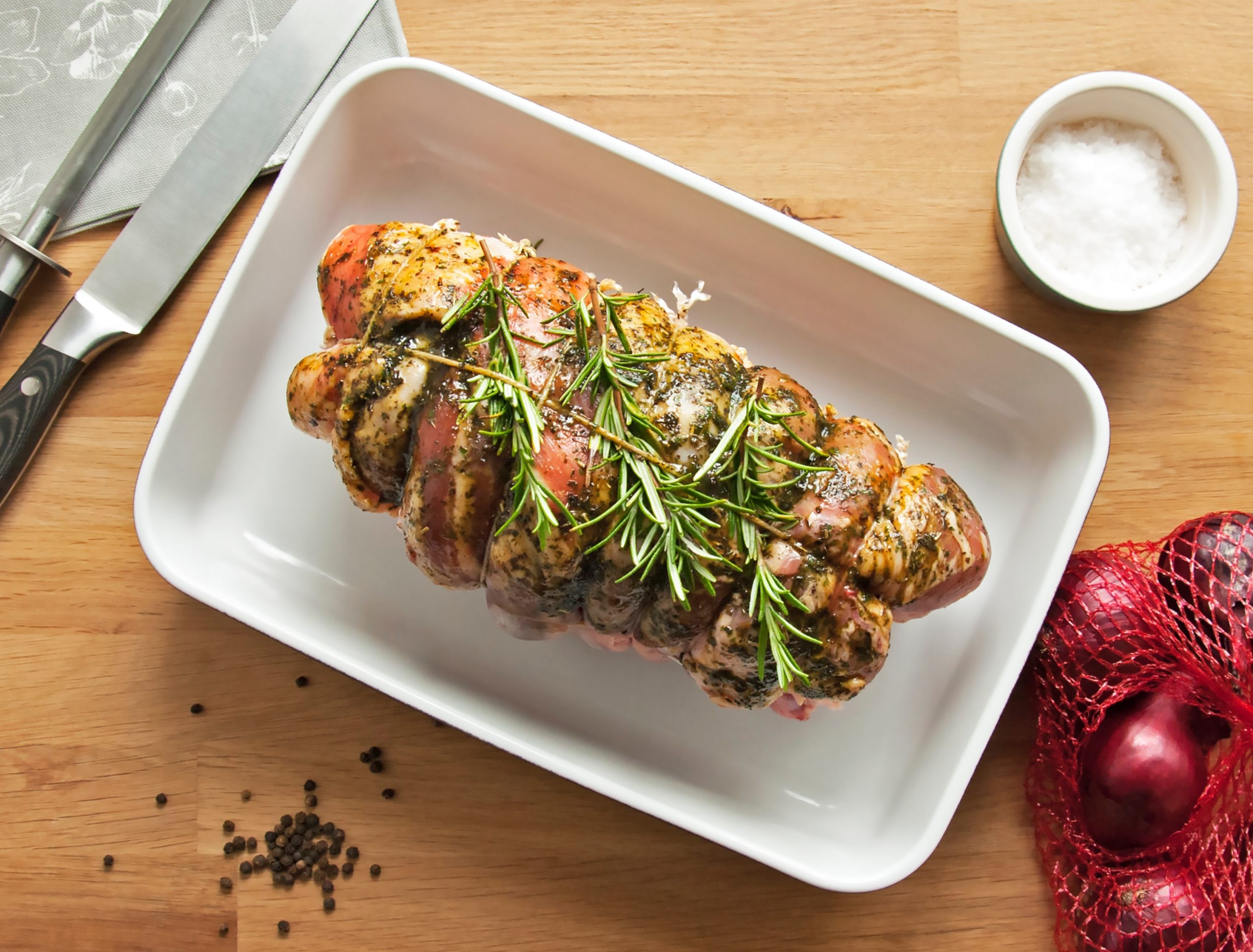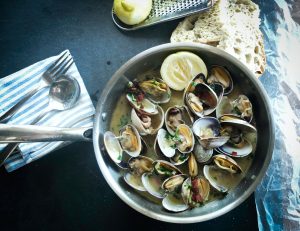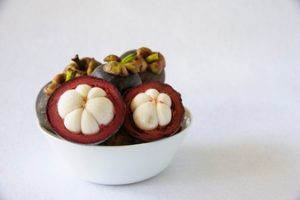
The Best Way to Prepare Beef Shanks
Bone-in/Boneless: You can get a boneless roast, but you will miss the sweet bone marrow.
Other names: Hough, Shin, Hock, Jarret Arriere, Chambarete
Best cooking method: stew, stew, smoke, if you like to take risks jointly. The bottom of the animal seems to occupy some of the lowest positions on the menu. This strange bone surrounded by meat is known for being chewy and dry if not prepared properly, but with a little love and understanding, it can make some of the most delicious dishes that a home cook can cook.
The piece of beef in the butcher’s box is unmistakable. In one piece, it is about a foot long and almost perfectly cylindrical, but it is more likely to be cut into pieces 1.52 inches thick. There is a long bone filled with delicious creamy marrow, which runs along the lower leg, the back tibia and the front radius. Butchers prefer to use backup material instead of front material (or front end) because it is longer and more uniform.
To truly understand the best way to cook beef shank, it is helpful to have a certain knowledge of molecular biology. The calf is a weight-bearing muscle. If you think about it, a cow is basically a thousand-pound refrigerator carried by 4 delicate whiffle ball legs. To support all these weighted limbs, they are filled with heavy collagen. The basic collagen molecule, procollagen, is very tightly connected (it arranges cross-links into quarter layers, suitable for everyone playing at home). This tight bond allows the protein to withstand huge weight, but it also shrinks when heated, which replaces the moisture in the muscles and causes the final product to dry out.
What’s the trick? To turn such a completely inedible thing into a soft and rich food, you need to convert the collagen into gelatin, which breaks down into viscous oily molecules. This process is called hydrolysis and requires the presence of low humidity and heat, which means stew and braised pork. A piece of beef, whether it is whole or cross-cut, is cooked for several hours with rich cooking liquid; it is really beautiful. All the rich collagen that once hindered tenderness has now become viscous collagen. The pulp in the middle of the bone, full of fat and flavour, appears and mixes with the cooking liquid to form a deep and hearty broth.
This conversion of collagen to gelatin is one of the most important factors leading to the superiority of pasture beef. Animals that roam in open pastures throughout their lives will produce more collagen because they continue to exercise their legs. Leaner muscles also reduce the fat in the cooking broth, resulting in a more balanced taste of cooking liquid, gelatin and bone marrow.
There are not many beef recipes; it must be far below what this noble tailoring deserves. The shaft can always be removed from the bone and steamed into a beef bourguignon or ground into a delicious meat sauce base. But one of my always favourite recipes is to use the whole shaft as a cut or roast (we call it a tug). Dario Cecchini is a famous (somewhat) crazy Italian butcher; he prepared a very simple Peloso. There are only five ingredients, but after such a long time of cooking, the meat becomes almost as tender as a spoon.
Peposo Notturno with pepper
2 elbows, or 3, or a large, it doesn’t matter
4 tablespoons black pepper
1 tablespoon coarse salt
1 head garlic (just chop and lock and throw the whole thing away)
1 bottle of red wine
1 roughly diced yellow onion (my add-on, I like onions)
Cook in the pan as hot as possible, as long as you can stand the incredibly delicious smell. Dario baked at 225 degrees for 12 hours. 8 hours, as long as your oven temperature is low, you can do this well.
Please read our blog on About Sustainable Seafood Resources and Two Recipes







